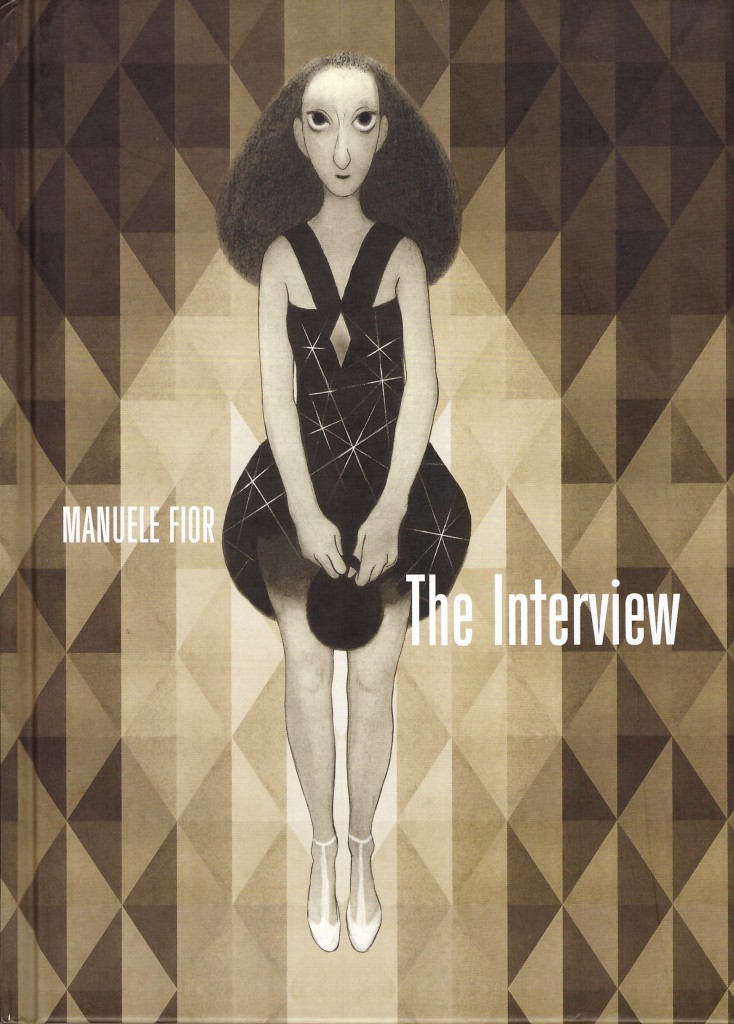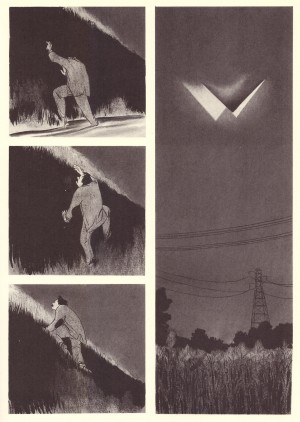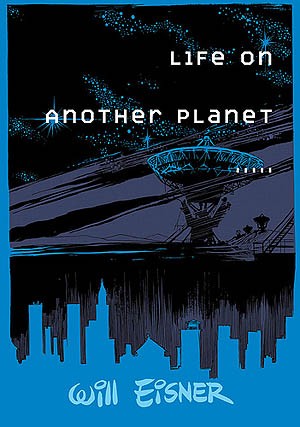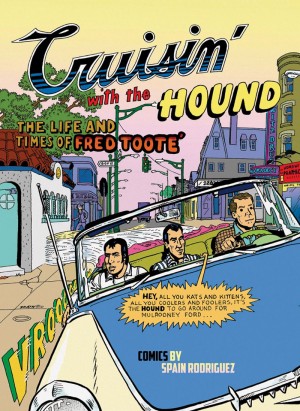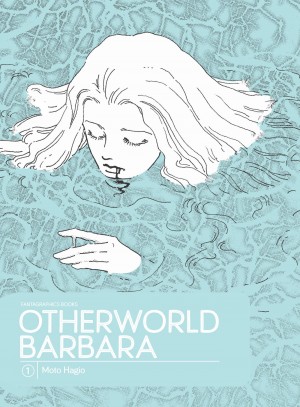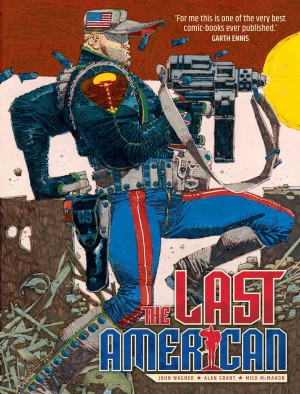Review by Frank Plowright
Manuele Fior eases us into The Interview with what might under other circumstances be an ordinary scene of a man driving home from work, chatting in his car hands free. The setting, however, is 2048. Cold-hearted psychologist Raniero favours retro-technolgy, and on the way home he has a good old-fashioned UFO experience. He’s still disoriented from the experience, and some other life-changing circumstances, when his first client the following day is someone claiming to be in contact with aliens. Dora is no railing crackpot, but a persuasive rationalist whose rationalism reflects the new reality
Fior’s visual characterisation is marvellous, every person distinct and illustrated in a fashion recalling mid-20th century cartoons. He’s strong on expression and posture, his cast often conveying through that what they don’t in dialogue, and climate is an important subtext, just as it was in his 5000km Per Second. The effect of an alien presence is very impressive, and credited by Fior to Anne-Lise Vernjoul. It merges the grey wash backgrounds with intruding geometric shapes, making it seem as if they’re slicing through the page. It’s memorable and close study reveals the elegant simplicity of the construction. Fior dispenses with dialogue for pages at a time, providing contemplative interludes as his cast reflect.
Although science fiction elements form a backdrop to events, their use is as a sparking point for an examination of traditional human behaviour. As ever there’s the difference between the generations, and in 2048 a growing social trend is to dispense with the traditional two person exclusivity in relationships and share multiple partners. This New Convention, has been codified as a way of life. Dora and Raniero’s progression is very much indicated from the start, via Raniero’s preference for cars pre-dating the self-driving models.
The Interview is very much about mood, atmosphere and impressions, as Fior’s use of form is attempting to communicate with much of the graphic novel reading audience in the same manner his aliens may be attempting to communicate with humanity. It’s an esoteric narrative echoing the feeling of a European film that hovers on the verge of conformity without all the dots being joined. Elements such as a robbery that would be major staging points in other stories pass with a minimal dramatic impact and what appear to be transitory emotional connections actually have deep meaning.
This is underlined by the final 25 pages. These alternate a rounding up of subsequent events in 2048 with a recollection occurring a century beyond. Like much of the remainder, clarity isn’t a primary concern. We’re left to wonder if the message is that humanity has changed considerably or whether the speaker is merely addressing a selection of people already attuned to their views.
Much as Fior fragments his society, so will The Interview fragment readers. In interviews Fior has stated a belief that graphic novels should demand something of their audience, which isn’t a universal viewpoint in societies expecting their thinking to be done for them. Moving to the other side of the equation it could equally be claimed that once the trappings have been considered, what Fior has to say about the human condition has been conveyed more fruitfully by others. The middle ground between the two will acknowledge the ambition, methods and process of an author who puts more thought into his work than most.
